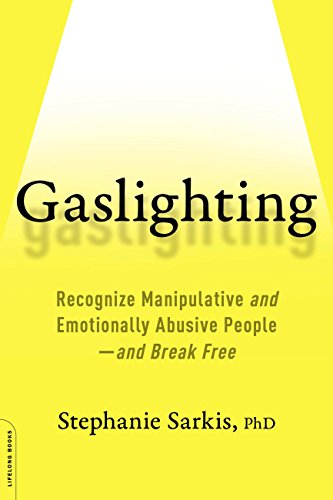Bullying in the workplace has been an ongoing concern, and awareness about its impact on mental health, productivity, and employee retention has increased in recent years. Many organizations have taken steps to address and prevent bullying, including implementing policies and procedures. More companies have established clear guidelines and procedures to identify, report, and address workplace bullying. we have to give credit to the HR professionals. This has helped to create a more supportive and inclusive work environment.
Following up with my study on bullying in the workplace there are things that can be done such as offering training and education. Organizations have focused on training managers and employees to recognize the signs of bullying and handle these situations effectively. This includes promoting a culture of respect and providing resources to support employees who experience bullying. Ensuring that support systems and resources are available. Companies have put in place various support mechanisms, such as employee assistance programs (EAPs), hotlines, and counseling services, to help employees who experience bullying.
What about some legal changes? In some jurisdictions, laws might have been updated or introduced to address workplace bullying, harassment, and discrimination more effectively. This has led to greater accountability for employers and protection for employees. What we are not seeing is “communication” happening in the workplace. Despite these efforts, bullying in the workplace remains a complex and evolving issue. The prevalence of remote work due to the COVID-19 pandemic has led to new forms of cyberbullying and online harassment. It is essential for organizations to remain proactive and adaptive in their approach to tackling workplace bullying, ensuring that all employees feel safe and supported.
With my (2013) study found that witnesses experienced the some of the same as the victims of bullying. The study highlighted that witnesses of workplace bullying experience similar negative effects as the victims underscores the need for continued research and action. The impact on bystanders is an important aspect to consider, as it can contribute to a toxic work environment, reduced productivity, increased stress, and lower employee morale. Companies cannot think that bullying only effects the victims. My view to reduce workplace bullying and its effects on both victims and witnesses, more research should be conducted in the following areas:
- Bystander intervention: Studies focusing on effective strategies for bystanders to safely intervene in bullying situations can help empower employees and reduce the occurrence of bullying. These interventions can promote a culture of support and solidarity among employees.
- Organizational culture: Research on the factors that contribute to a culture of bullying and how to create a more positive and inclusive work environment can help organizations develop effective prevention strategies. Again, communications needs to happen between the company and the employees.
- Psychological impact: More research on the psychological effects of witnessing workplace bullying can provide a deeper understanding of the problem and inform the development of mental health support resources for both victims and bystanders.
- Remote work and cyberbullying: With the increase in remote work, research should examine the prevalence and effects of cyberbullying and develop strategies to mitigate this form of harassment in the digital workplace.
- Training and education: Studies on the most effective methods for training employees and managers to recognize, prevent, and address bullying can help organizations implement targeted programs that foster a respectful work environment.
By expanding research in these areas, organizations and policymakers can develop a deeper understanding of the causes and consequences of workplace bullying and create more effective strategies to prevent and address it.
Murphy, SV (2013) Perceptions of bullying in the workplace: A phenomenological study:





 Edvard Munch’s “The Scream” (1893)
Edvard Munch’s “The Scream” (1893)